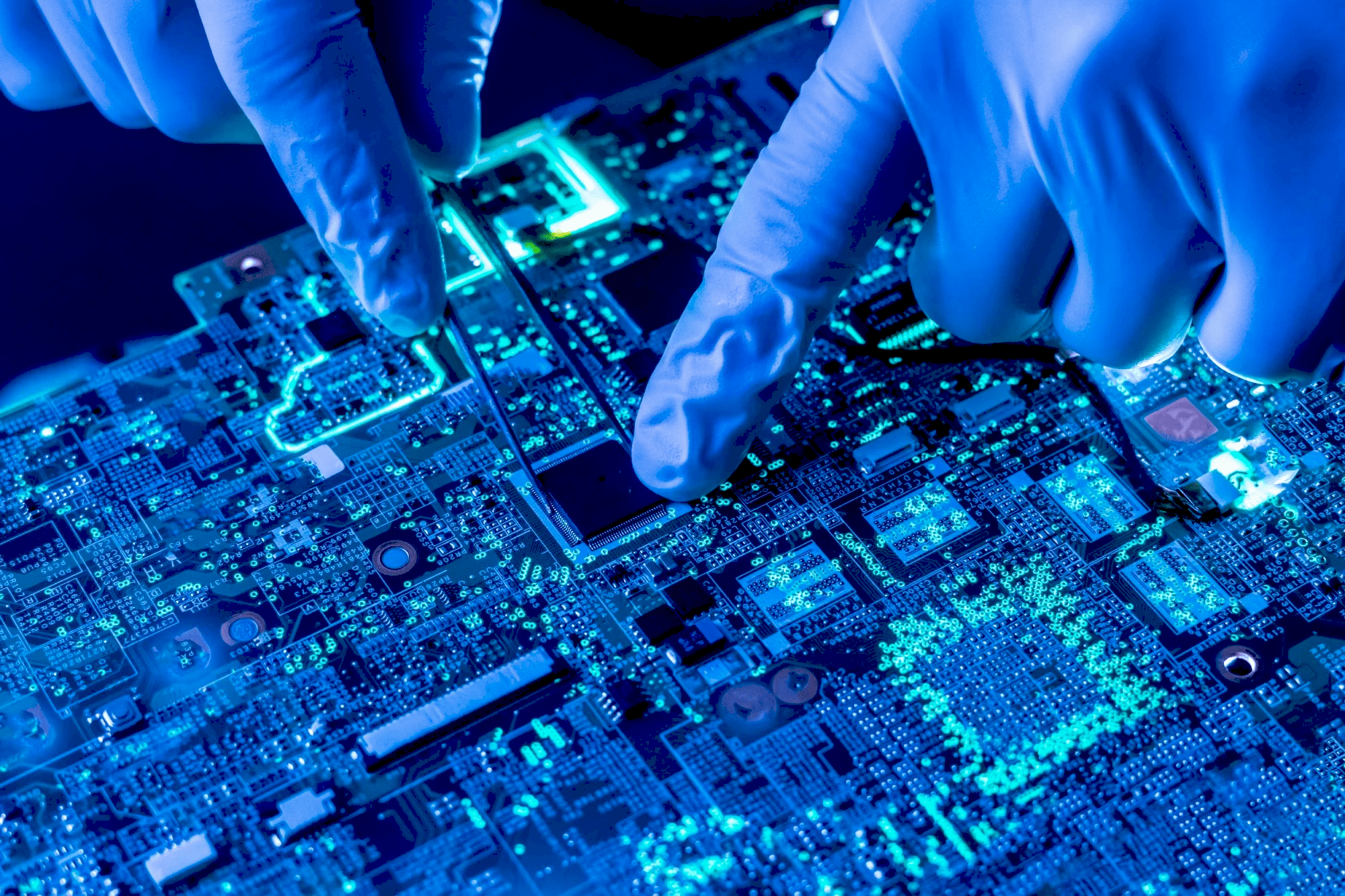Nanotechnology drug delivery is at the forefront of modern medicine, offering innovative solutions to enhance the efficacy and safety of therapeutic agents. This technology involves the use of nanoscale materials to improve the delivery of drugs to targeted sites within the body, thus minimizing side effects and maximizing therapeutic outcomes. With the increasing prevalence of complex diseases, the need for advanced drug delivery systems has never been more critical.
Overview of Drug Delivery Systems
Drug delivery systems (DDS) play a vital role in the administration of medications. Traditional methods often face challenges such as poor bioavailability, rapid metabolism, and non-specific targeting. As a result, the development of more efficient systems is essential. Nanotechnology offers a promising avenue for enhancing drug delivery by utilizing nanosized carriers, which can improve the solubility and stability of drugs.
- Types of Drug Delivery Systems:
- Oral Delivery
- Injectable Delivery
- Transdermal Delivery
- Inhalable Delivery
- Targeted Delivery
- Key Challenges:
- Limited targeting capabilities
- Side effects from systemic distribution
- Variability in patient responses
The incorporation of nanotechnology in drug delivery systems seeks to address these challenges by enabling more precise targeting and controlled release of drugs. This innovation not only enhances therapeutic efficacy but also reduces the risk of adverse effects associated with traditional drug delivery methods.
Importance of Nanotechnology in Medicine
The significance of nanotechnology in medicine extends beyond drug delivery. It encompasses various applications that improve diagnostics, imaging, and treatment modalities. In drug delivery, nanotechnology facilitates:
- Improved Solubility: Many drugs have poor solubility, which limits their effectiveness. Nanotechnology enhances solubility, allowing for lower doses and improved therapeutic outcomes.
- Targeted Delivery: Nanoscale carriers can be engineered to deliver drugs directly to diseased cells, reducing off-target effects and increasing treatment effectiveness.
- Controlled Release: Nanotechnology enables the development of systems that release drugs at controlled rates, ensuring sustained therapeutic levels over time.
- Personalized Medicine: By tailoring drug delivery systems to individual patient needs, nanotechnology supports the growing field of personalized medicine.
Overall, the integration of nanotechnology in drug delivery systems represents a significant advancement in medical science, allowing for more effective and safer treatment options.
Types of Nanomaterials Used in Drug Delivery
Nanotechnology drug delivery systems utilize various types of nanomaterials, each serving a specific purpose in enhancing the efficacy and targeting of drugs. The choice of nanomaterial significantly influences the pharmacokinetics and pharmacodynamics of the delivered drug. Here are some common types of nanomaterials used in drug delivery:
- Nanoparticles: These are solid colloidal particles with a size range of 1 to 100 nanometers. They can be made from polymers, lipids, or inorganic materials. Their small size allows for improved cellular uptake and targeted delivery.
- Nanocapsules: These are spherical vesicles that encapsulate a drug within a cavity surrounded by a polymer membrane. They allow for controlled release and protection of the drug from degradation.
- Nanospheres: Unlike nanocapsules, nanospheres are solid matrices that can encapsulate drugs uniformly. They provide a sustained release profile and can be tailored for specific therapeutic applications.
- Micelles: These are amphiphilic molecules that form aggregates in aqueous solutions. They can solubilize hydrophobic drugs and improve their bioavailability.
- Nanotubes: Carbon nanotubes, for instance, have been explored for drug delivery due to their high surface area and ability to penetrate cell membranes, facilitating direct drug delivery to cells.
Each type of nanomaterial has distinct properties that make it suitable for specific drug delivery applications. For example, polymeric nanoparticles can be designed to respond to environmental stimuli, releasing the drug in response to pH changes or temperature variations. This feature enhances targeted therapy, particularly in cancer treatment, where the tumor microenvironment differs significantly from normal tissues.
Mechanisms of Drug Delivery Using Nanotechnology
Nanotechnology drug delivery systems operate through several mechanisms that enhance the delivery and efficacy of therapeutic agents. Understanding these mechanisms is crucial for optimizing drug formulations and achieving better clinical outcomes. Key mechanisms include:
- Passive Targeting: This mechanism relies on the enhanced permeability and retention (EPR) effect, which is particularly relevant in tumor tissues. Nanoparticles accumulate in tumors due to their leaky vasculature and impaired lymphatic drainage.
- Active Targeting: Active targeting involves modifying the surface of nanomaterials with ligands that specifically bind to receptors on target cells. This approach increases the selectivity and uptake of drugs by diseased tissues.
- Controlled Release: Nanotechnology enables the design of drug delivery systems that release their payload in a controlled manner. This can be achieved through various mechanisms, including diffusion, degradation, or external stimuli (e.g., light, heat).
- Cell Membrane Penetration: Certain nanomaterials, such as lipid-based carriers, can facilitate direct penetration of cellular membranes, allowing for rapid intracellular delivery of drugs.
These mechanisms significantly improve drug delivery efficiency, leading to enhanced therapeutic effects and reduced side effects. For instance, in the treatment of cancer, active targeting strategies can minimize damage to healthy tissues, which is a common drawback of conventional chemotherapy.
Case Studies: Successful Applications
Numerous case studies illustrate the successful application of nanotechnology in drug delivery, showcasing its potential in various therapeutic areas. Notable examples include:
- Paclitaxel-loaded Nanoparticles: Paclitaxel is a widely used chemotherapeutic agent. Studies have demonstrated that paclitaxel-loaded polymeric nanoparticles enhance drug solubility and improve tumor targeting, resulting in increased efficacy and reduced side effects.
- RNAi Delivery Using Lipid Nanoparticles: Lipid nanoparticles have been successfully employed to deliver small interfering RNA (siRNA) for gene silencing in cancer therapy. These systems protect siRNA from degradation and facilitate its uptake by target cells.
- Insulin Delivery via Nanocarriers: Research has shown that insulin-loaded nanocarriers can improve the pharmacokinetics of insulin, providing a more stable blood glucose level in diabetic patients.
These case studies highlight the versatility and effectiveness of nanotechnology in drug delivery, paving the way for innovative treatments and improved patient outcomes. As research continues to advance, it is expected that more applications will emerge, further transforming the landscape of medicine.
Challenges and Limitations of Nanotechnology in Drug Delivery
Nanotechnology drug delivery systems face several challenges and limitations that can hinder their effectiveness and widespread adoption. While these systems offer significant advantages, understanding the obstacles is crucial for researchers and healthcare professionals. Key challenges include:
- Regulatory Hurdles: The approval process for nanotechnology-based drug delivery systems can be lengthy and complex. Regulatory agencies require extensive safety and efficacy data, which can delay the introduction of innovative therapies to the market.
- Manufacturing Complexity: The production of nanomaterials often involves sophisticated techniques that can be costly and difficult to scale. Ensuring consistent quality and reproducibility across batches remains a significant challenge.
- Biocompatibility and Toxicity: The interaction of nanomaterials with biological systems can lead to unforeseen toxicological effects. Comprehensive studies are necessary to assess the biocompatibility of these materials to avoid adverse reactions in patients.
- Stability Issues: Nanoparticles can be prone to aggregation or degradation over time, affecting their performance and reliability in drug delivery applications. Stabilizing these systems for prolonged shelf life is essential.
- Patient Acceptance: There may be hesitance among patients and healthcare providers to adopt nanotechnology-based therapies due to a lack of understanding or familiarity with the technology.
Addressing these challenges requires a multidisciplinary approach, involving collaboration between scientists, engineers, regulatory bodies, and clinicians. Continued research and development efforts are essential to overcome these obstacles and unlock the full potential of nanotechnology in drug delivery.
Future Trends and Innovations
The future of nanotechnology drug delivery is promising, with ongoing research and advancements paving the way for innovative applications. Emerging trends include:
- Personalized Medicine: The integration of nanotechnology with genomics and proteomics allows for tailored drug delivery systems that cater to individual patient profiles, enhancing treatment efficacy.
- Smart Nanocarriers: The development of stimuli-responsive nanocarriers that release drugs in response to specific triggers (e.g., pH, temperature, or light) represents a significant advancement, enabling more precise and controlled therapy.
- Combination Therapies: Nanotechnology facilitates the simultaneous delivery of multiple therapeutic agents, enhancing treatment outcomes, particularly in cancer therapy where combination regimens are common.
- Targeted Gene Delivery: The use of nanotechnology to deliver genetic material for gene therapy applications is gaining momentum, providing new avenues for treating genetic disorders.
- Integration with Digital Health: The convergence of nanotechnology with digital health technologies, such as wearable devices, will enable real-time monitoring of drug delivery and patient responses, leading to more dynamic and adaptive treatment strategies.
As these trends evolve, they hold the potential to transform healthcare, offering more effective and personalized treatment options for patients. The ongoing research in nanotechnology promises to overcome existing limitations and enhance the capabilities of drug delivery systems.
Conclusion and Implications for Healthcare
In conclusion, nanotechnology drug delivery systems represent a groundbreaking advancement in modern medicine. By leveraging nanoscale materials, these systems improve drug solubility, enhance targeting capabilities, and enable controlled release, ultimately leading to better patient outcomes. Despite the challenges and limitations faced by this technology, ongoing research and innovation continue to drive progress in the field.
The implications for healthcare are profound, as nanotechnology has the potential to revolutionize the way therapies are developed and administered. As personalized medicine becomes increasingly feasible, the integration of nanotechnology into drug delivery systems will play a crucial role in ensuring that patients receive the most effective treatments tailored to their individual needs.
Continued collaboration among researchers, clinicians, and regulatory bodies is essential to navigate the complexities of this technology and bring forth safe and effective nanotechnology-based therapies. The future of medicine is bright, and nanotechnology will undoubtedly be at the forefront of this transformation.



